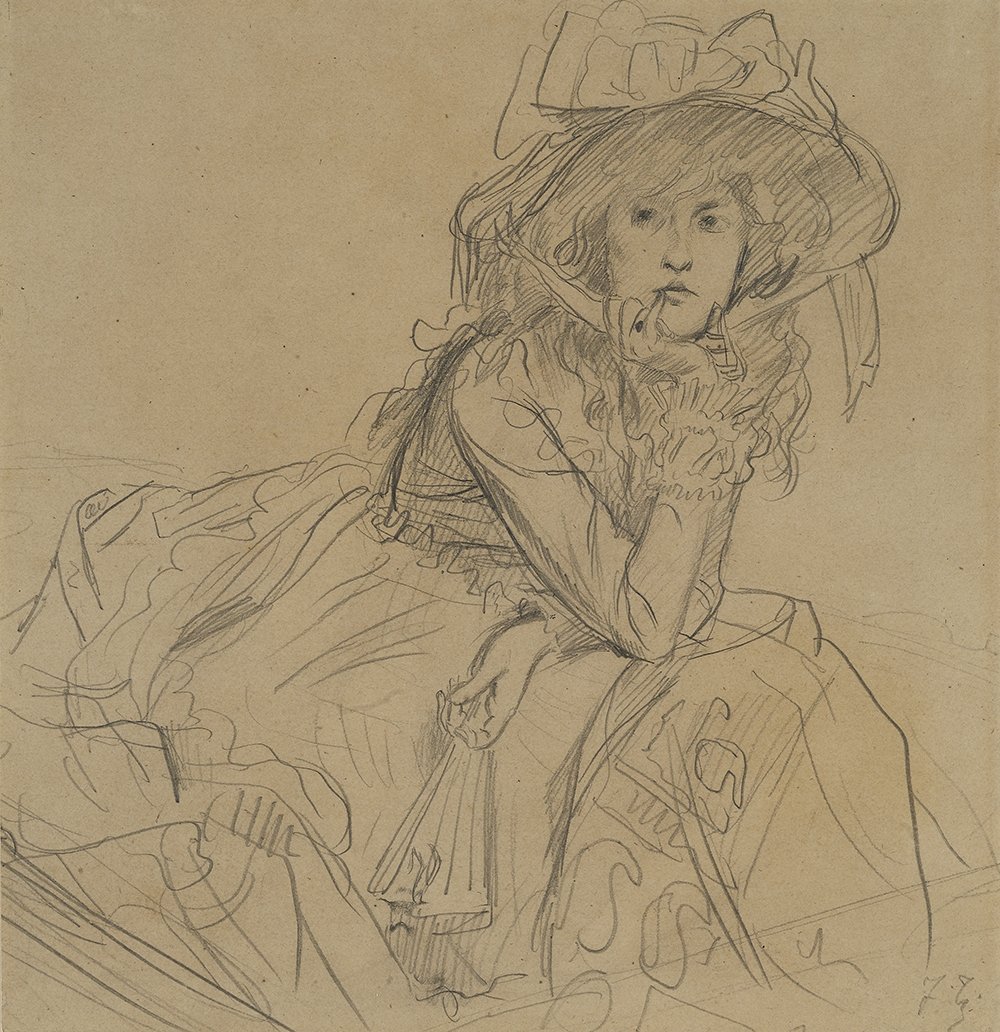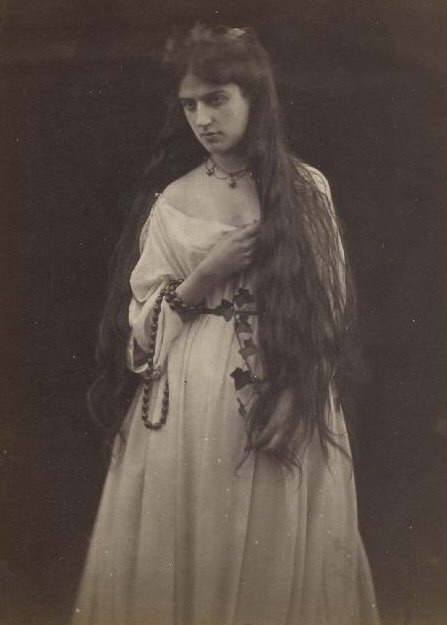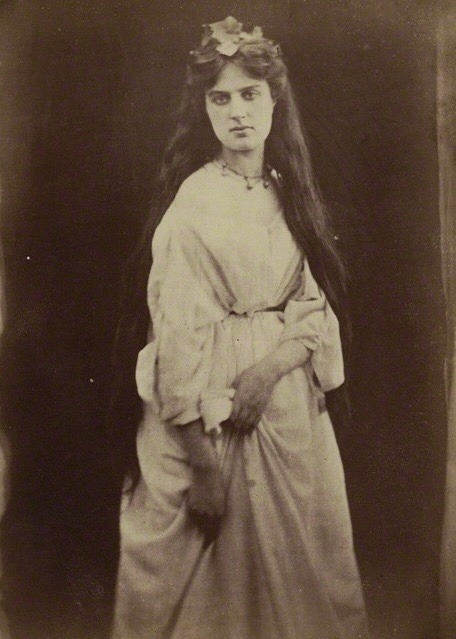 James Tissot, Young Lady In A Boat, 1870
James Tissot, Young Lady In A Boat, 1870
James Tissot, the painter of the idle and glamorous lives of the wealthy Parisians, was popular and received critical acclaim in his time but today he is in the shadow of the more revolutionary painters from his time such as Monet or Degas. Tissot was extremenly prolific and left us many, many wonderful genre paintings of people enjoying everyday life; going for walks, sipping tea, going on balls, gossiping, children playing, reading books and lying in a hammock, spending afternoon gliding on boats or enjoing a picnic under a grand old chestnut tree… All of his paintings are very meticulous and detailed and just a joy to gaze at. Tissot put a particular emphasis on the clothing the figures in his paintings are wearing and that is no surprise, for his father was a succesful drapery merchant and his mother designed hats.
My favourite Tissot painting at the moment is “Young Lady In a Boat”, painted in 1870, just a year before Tissot’s departure for London following the outbreak of the Franco-Prussian war. It shows a pensive young woman dressed in a sumptuous white dress with ruffles and a hat with striped ribbons. A fan in her hand. A flower bouquet in front of her and a little pug behind her. I particularly love her pose; she is holding her chin with her hand and gazing into the distance. Her pinkie finger is touching her lip, what a dainty pose. You can see it also in the drawing bellow which is one of the studies for the painting that Tissot made. Is she sad or just bored? Or both. Is she suffering from ennui? The pug on the other hand looks not pensive but perplexed and he certainly adds to the charm of the painting with his humorous face expression, the face which a critic at the time compared to a monkey. The lady’s hat with those striped ribbons and her hair bring to mind the portraits of the Directoire period (1795-1800) and this was no accident, for Tissot had purposefully tried to emulate the styles of the period and this is evident in a few of his paintings from that time period. Directoire period was a glamorous time of frivolity after the terrors of the revolution and perhaps this is why Tissot decided to emulate the style.

James Tissot, Study for Young Lady in a Boat, c.1869–70. Graphite on buff wove paper, 25.3 x 24.3 cm
Tissot’s paintings are really like a dream; beautifully dressed women lazing around in splendid gardens, gliding on boats, sipping tea in warm salons whilst the children are playing hide and seek. These are people, mostly women, that seem to have everything but there is always a hint of sadness in their faces, as if despite having everything they aren’t fully happy. There’s always a sense of something missing from their lives, perhaps they feel the weight of the contraints on them, both of their corsets and of their society, maybe too much idleness brought too little to fight for or desire, maybe they don’t know what they want but just feel a certain void inside. A void that perhaps a little pug could solve.





